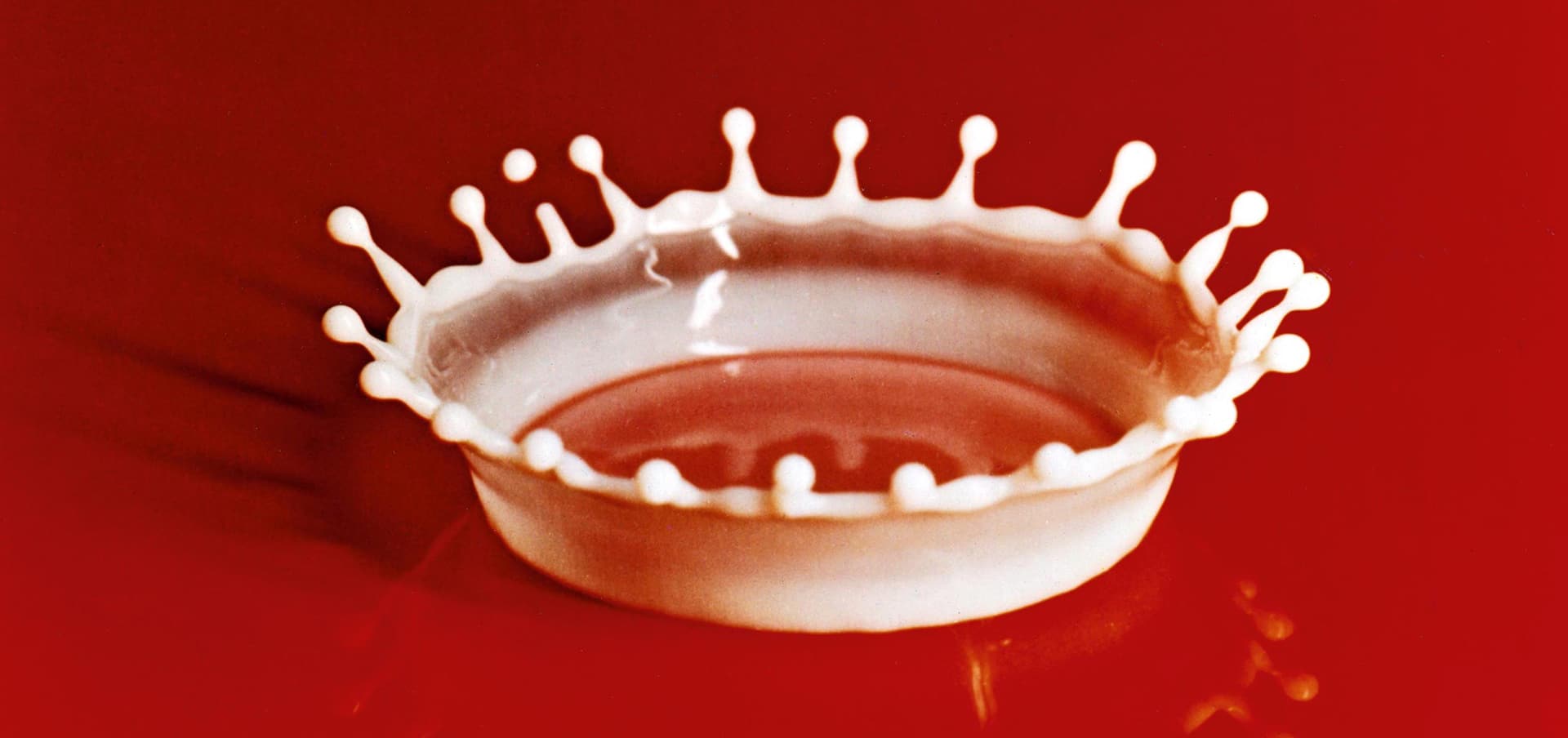
Gussie Moran, 1949 © 2010 MIT. Courtesy of MIT Museum
Edgerton spent his career at the prestigious Massachusetts Institute of Technology as a professor and researcher in electrical engineering. It was there, in the early 1930s, that he invented and perfected electronic light stroboscope—a device that uses a system of repeated flashes to capture and break down movement. Steidl’s Seeing the Unseen opens with the following line: “Sept. 16 1930s. I constructed a stroboscope [. . .] used for observation.” Capturing what is imperceptible to the naked eye became Edgerton’s obsession, and the essence of his contribution not only to science but also to photography.
“Try and see”
Edgerton, whom everyone called “Doc,” experimented at the Strobe Project Lab. Research was to him unthinkable without practice, and his photographs are the result. In his squared notebooks, he carefully recorded the details of each shot accompanied by technical sketches and photographs of the experiment. The present publication includes about thirty pages from these notebooks, showing the working process behind some of Edgerton’s most iconic photographs, such as the bullet passing through an apple or the crown-shaped splash pattern of a drop of milk.

Cranberry juice dropping into milk, 1960 © 2010 MIT. Courtesy of MIT Museum
The engineer’s technical progress unfolds over successive pages and images. We start with images produced at 1/50,000th of a second and end up reaching one millionth of a second. Edgerton chose his subjects according to the speed needed to capture them and kept increasing it: drops of liquid, shattering glass, then bullets shot from a rifle. He continued to push the limits of the visible. Over fifty years of research, Edgerton tackled and revolutionized the fields of sports, anatomy, marine exploration, and ornithology. As Deborah G. Douglas, Director of Collections at the MIT Museum, writes in her introduction, Edgerton’s photographs embody modernity and engineering ideals in the service of power, speed, and form.
However, between the lines the book raises another, more personal question: wasn’t Edgerton motivated by the quest for a perfect image? We close the book with a renewed sense of admiration for the scientist-photographer and stimulated by his urgent desire to create and discover.

Diver (Charles Batterman), 1955 © 2010 MIT. Courtesy of MIT Museum

Water flowing from a faucet, 1932 © 2010 MIT. Courtesy of MIT Museum

Milk drop coronet, 1957 © 2010 MIT. Courtesy of MIT Museum
By Laurence Cornet
Harold Edgerton: Seeing the Unseen
ed. Ron Kurtz et al., Steidl / MIT Press, 2019, 208pp, 158 illustrations


